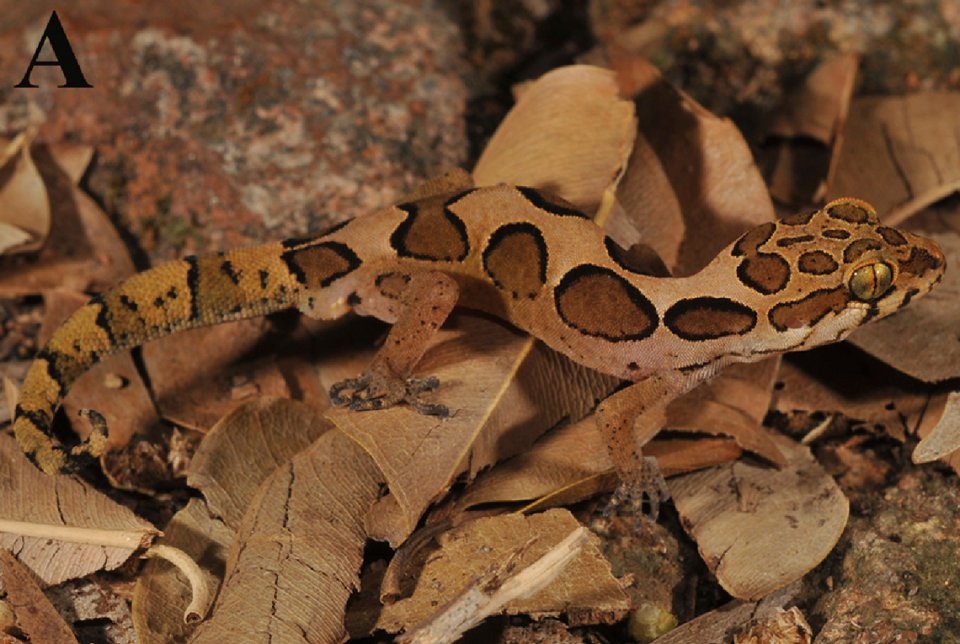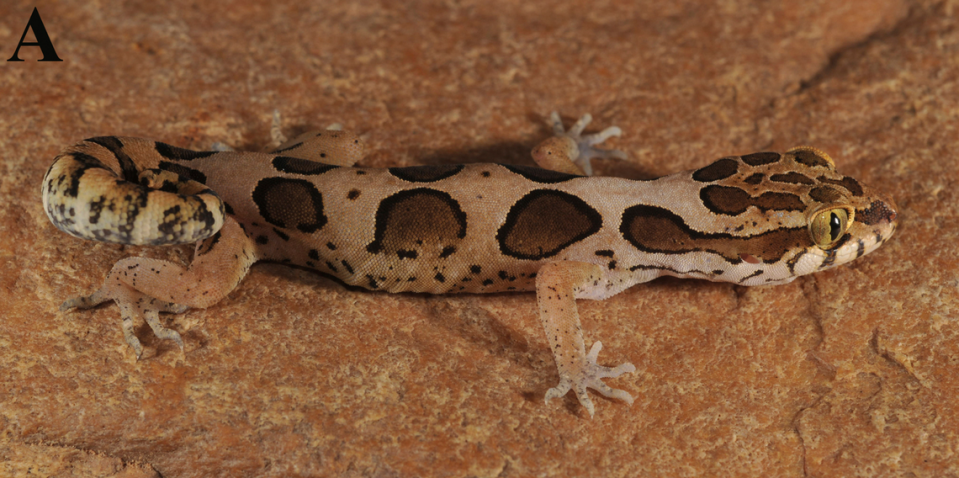Creature’s shining eyes on farm lead to discovery of new species in India, study says
A scientist scanning the leaf-covered ground at a farm in southeastern India spotted a small creature’s shining eyes flashing through the night — which led to the discovery of a new species.
Ishan Agarwal explored the tropical farm in Tamil Nadu as part of his Ph.D. fieldwork in 2013 and 2014, co-author Akshay Khandekar told McClatchy News.
Tucked in the leaves, Agarwal found several small, spotted animals and discovered a new species: Geckoella irulaorum or the Irula gecko, according to a study published May 16 in the journal Vertebrate Zoology.
The Irula gecko can reach about 3 inches in length and has a slender body with light tan coloring, the study said. It has a distinctive pattern of “four pairs of dark brown spots.” Photos show how well the lizard blends in with its surroundings.
The new species was named after “the Irula tribe” an indigenous southern Indian people “who are expert snake trackers and catchers,” the researchers said. The Irulas have worked closely with Romulus Whitaker, the owner of the farm where the new gecko was found, to “set up a venom extraction cooperative.”

Agarwal’s Ph.D. fieldwork also led him to another new species in a nearby forest of Andhra Pradesh.
Searching a “relatively cool, closed canopy” area of the forest, Agarwal and his team found several more spotted geckos, the study said. They identified these creatures as a new species named Geckoella relictus or the Relict gecko.
The Relict gecko can reach about 3.5 inches in length. It has a tan coloring that varies from “light khaki” to a darker brown, researchers said. Along its back, the lizard has “four pairs of dark brown spots” with the first pair sometimes “fused together.”

The gecko was named after the Latin word for a “species that has survived from an earlier period with different environmental conditions,” researchers said. The gecko lives in a cooler forest habitat surrounded by “otherwise warm and open” areas.

Both new gecko species were “easily” distinguished from other known geckos by their color patterns, the study said. They are also genetically distinct and have anywhere from 13% to almost 17% genetic divergence from other known species.
The pair of spotted geckos live about 18 miles apart at their closest point. They “can only be differentiated from each other based on slight” morphological differences and genetic analysis, researchers said. Irula geckos and Relict geckos have 10% genetic divergence from each other.
Geckos need at least about 8% genetic divergence to be considered distinct species, researchers said.
Still, “these species are extremely poorly known,” Agarwal told McClatchy News. “The habitats are also unique in their vegetation, and these are some of the first species endemic to the region.”
Tamil Nadu is a state in the southeastern-most tip of India. The state of Andhra Pradesh is just north of Tamil Nadu and about 1,150 miles southeast of New Delhi.
Snow leopards effortlessly blend into Himalayan landscape. How many do you spot?
‘Cryptic’ creatures try to bite scientists as they look closer at new species in India
Mysterious ticking sound leads scientists to creature with green bones in Colombia

